This Autumn sees the reissue of BRITISH ELECTRIC FOUNDATION’s ‘Music Of Quality & Distinction Volumes 1 & 2’.
Ambitiously conceived as a high-tech covers project with HEAVEN 17’s Martyn Ware as musical director and in a production partnership with bandmate Ian Craig Marsh, ‘Volume 1′ featured guest vocalists such as the late Billy MacKenzie from ASSOCIATES, MANFRED MANN’s Paul Jones, HEAVEN 17’s Glenn Gregory, Bernie Nolan, Sandie Shaw and Paula Yates. There were also cameo appearances from Midge Ure and Bob Geldof under the pseudonym of THE NANCY BOYS.
There was an impressive supporting cast of musicians who included THE SHADOWS’ Hank Marvin, MAGAZINE’s John McGeoch, I LEVEL’s Jo Dworniak, Nick Plytas and John Foxx. However most notably, ‘Volume 1′ saw the recorded return of Tina Turner on a blistering reworking of THE TEMPTATIONS’ ‘Ball Of Confusion’.
Although impressively co-ordinated, Volume 1 did not sell in huge numbers but the working relationship with Tina Turner gelled which led to Martyn Ware producing her comeback single, a magnificently moody version of Al Green’s ‘Let’s Stay Together’. Becoming a massive worldwide hit, it effectively revived her career.
For 1991’s ‘Volume 2’, she reciprocated by singing the Sam Cooke classic ‘A Change Is Gonna Come’ while this collection also saw the return of Billy MacKenzie on Denise Williams’ ‘Free’. The album featured a greater emphasis on Ware’s love of soul which was highlighted by guest vocalists such as Green Gartside, Chaka Khan, Terence Trent D’Arby, Lalah Hathaway and Billy Preston.
Now, a ‘Volume 3’ entitled ‘Dark’ is being completed while the work of BEF is to be celebrated in a live extravaganza at London’s Roundhouse this October that will feature the live premiere of HEAVEN 17’s ‘The Luxury Gap’ in 3-D sound on Friday 14th and a BEF concert on Saturday 15th with guest vocalists Andy Bell, Midge Ure, Boy George, Kim Wilde and Sandie Shaw already confirmed.
Following his interview last year, Martyn Ware was kind enough speak about the whole BEF production concept, ‘The Luxury Gap’ and the forthcoming live weekender.
It’s amazing to think now that back in 1981, Virgin Records were prepared to finance such an ambitious project by a then comparatively unknown musician / producer…
There were visionary people, it’s only in the fullness of time that you realise how visionary. I have to give Virgin a lot of respect because initially when I left THE HUMAN LEAGUE, I signed to them as BEF, not HEAVEN 17. They were really bought into the idea, big style. I said if I was really going to make it real as opposed to some fancy marketing fluff, I wanted to really organise it as a proper production company and make it work by bringing forward lots of different projects. And the manifesto for that was the ‘Music Of Quality & Distinction’ album, it was like a calling card really for our production style. I was ridiculously gung ho I think… I’d just ring people up, they didn’t know who the hell I was!
How did the idea first come about?
I really wanted to get up to speed in terms of putting myself and Ian Marsh up on the map as a production team that people would be interested in. I couldn’t think of a better way of doing it than appealing to people’s artistic nature.
Was the seed of this in THE HUMAN LEAGUE’s live act when you used to do covers?
Yeah, there’s always been the element of the curator in me I suppose, wanting to reinterpret things and try to change people’s perceptions through the medium of reinterpretation… and that’s a very pretentious way of saying “doing cover versions”! The point is, applying the skills and palette of sounds that we’d used with THE HUMAN LEAGUE, adding some real instruments in there and seeing what would come out. And it turned out to be the palette of sounds that we used for ‘Penthouse and Pavement’.
At the time, many were expecting the songs to be arranged in the style of HEAVEN 17 but with other vocalists. But the arrangements were quite varied from glam rock to big ballads plus a variety of conventional instrumentation. How did decide how the recordings would actually sound?
It started out with the idea that it was going to be electronic really, and then it quickly became apparent that it was just restricting ourselves too much. It turned into something that in the same way I wanted to put ourselves on the map in terms of vocalists, I also wanted to do it in terms of musicians as well. Hence getting people like John McGeoch who I had massive respect for, Neville ‘Breeze’ McKreith and David ‘Baps’ Baptiste from BEGGAR & CO and other musicians from the funkier end of the spectrum.
These weren’t old session players we were using, these were young guys with an average age of 22. We had older musicians too like Paul Jones from MANFRED MANN playing harmonica on ‘Ball Of Confusion’ just generally mixing and matching and mashing styles up. It all seems straightforward now because that sort of thing has been done so much in the last few years but at the time it was pretty cutting edge. It was like being a demented puppet master, but a friendly Northern version.
The one that stands out for me is Bowie’s ‘The Secret Life Of Arabia’. Not only was Billy MacKenzie amazing but so were the funk musicians juxtaposing with your Linn Drum programming and Roland Vocoder choral pads…
I love that! What an incredible talent, I loved what he did and how he appeared right from the second I heard ASSOCIATES’ ‘Party Fears Two’ on some late evening music show. He just looked like a Hollywood star. I am not gay but if I was… I thought he was utterly beautiful and stellar! *laughs*
What was he like to work with?
We got on really well, he was the first on the list of people that I rang up. Everybody knows he was bonkers and had a particular take on things but musically, we fitted together very well. He lacked a little in terms of understanding the production process and how sound fitted together but what he lacked in that respect, he made up for in his arrangement ideas.
I was, if you like, kind of filling in the missing parts for him. But he turned round to me after we’d done a couple of tracks on the ‘Perhaps’ album and he said “Martyn, you’ve got a pop heart” which I though was the nicest compliment anyone’s ever paid me.
There was a group called THE HEREAFTER credited with backing vocals on Volume 1. Was that you and Glenn Gregory?
Yeah! I just love the name… HEAVEN 17 and THE HEREAFTER… c’mon! I might revive that for the live show *laughs*
What inspired the Volume 1 album artwork?
We always liked the whole notion of packaging for different types of goods. So Ian Marsh had a shirt box which said “shirts of quality & distinction”. It was literally a box in black and white of people getting out of an E-Type Jag in front a big posh hotel. So I thought “we’re going to recreate that photo and call the album Music Of Quality & Distinction”!
You used the Synclavier 2 quite a bit on the album but when HEAVEN 17 eventually acquired a computer musical instrument, you settled on a Fairlight. What were your operational reasons for this?
The operational reasons for moving to the Fairlight were that Ian had bought one without asking anyone and with his own money… £40,000! I was going “Are you sure about this Ian?”, it seemed a little extreme but he was keen so… those days have gone! But I was very keen on the Synclavier from the point of view in that the purity of the sounds was so amazing. There was also another machine, I can’t remember what it was called now but it had a green computer screen built-in. It was like an early graphic visual representation programmer.
We also used a PC called an Osborne which we used for programming sequence parts just before we got into Macs and everything. We just hired stuff in and tried different things, it was being in a giant toy store. The LinnDrum was just brilliant, we wanted everything to be as good that was at rhythm. We thought that merging it with the human aspects of live players was pretty unique at the time.
Did you use the Synclavier on ‘The Luxury Gap’?
No, we’d moved on by then to programming using the Roland MC4 Microcomposer, so there was a lot of numeric programming on that album. That drove my System 100 and Ian’s System 100M. The original demos are really just the programmed parts which then got layered over with real instruments. The programmed parts, as you’d expect, combined with the LinnDrum sounded extremely robotic and not necessarily in a good way, it sounded too ‘white bread’ for me.
By that time, I’d moved into a different headspace. It was the idea of programmed parts inspiring musicians who weren’t used to listening to programmed material to syncopate off them and that was interesting. On ‘The Luxury Gap’, Simon Phillips came in and played on ‘Lady Ice And Mr Hex’. He played the most amazing syncopated, polyrhythmic thing on a giant drum kit with three bass drums and twenty toms… that was all inspired by the nuts nature of the original LinnDrum programme.
Volume 2 finally appeared in 1991 and had much more of a soulful live feel didn’t it?
It was more aiming for the mainstream market , it wasn’t really meant for the cognoscenti. It was almost Trans-Atlantic rather than European, it’s got quite an American feel but not in a detrimental way. I saw Green Gartside from SCRITTI POLITTI the other day who did ‘I Don’t Know Why I Love You’ which I really like, I still play it.
He said he really likes it now but he wasn’t so sure at the time. I had to push him hard to do that track because he doesn’t really see himself as a soul singer. And I think he’s got an incredibly soulful voice, although it’s not necessarily in the purist genre based sense of soul. I always think that about Kate Bush as well. Essentially, some people have got soulful voices whether they choose to sing what we regard to be soul music or not. Peter Gabriel fits into that bag as well.
What are your favourites from the first two volumes?
‘Secret Life Of Arabia’ was very successful as far as I was concerned. I really like ‘Wichita Lineman’, that’s an interesting version of that song and Glenn sings it really well. I also really like ‘It’s Over’ with Billy MacKenzie, it’s so completely over the top and kind of operatic. Of course ‘Ball Of Confusion’, it was very successful and led to me working with Tina Turner.
On the second album, I like the Green track. I personally, although I’ve never heard anyone else say it, really like ‘Someday We’ll All Be Free’ sung by Chaka Khan and I’m very fond of ‘Family Affair’. Lalah Hathaway’s got a great voice, I don’t know what really happened to her. I also loved Mavis Staples doing ‘A Song For You’.
When we last spoke, you revealed that you’d just finished the backing track to DELFONICS’ ‘Didn’t I Blow Your Mind?’ for ‘Dark’. Are you able to reveal any more of the other tracks that will be on the finished album and any of the vocalists?
Andy Bell’s going to do ‘Breathing’ by Kate Bush; Kim Wilde is going do a minimalist System 100 only arrangement which I’ve done with Brian Duffy of MODIFIED TOY ORCHESTRA of a song called ‘Everytime I See You I Go Wild’ by JJ Barnes, it’s a classic Northern Soul tune co-written by Stevie Wonder.
Billie Godfrey who sings with HEAVEN 17 has done a version of the BRONSKI BEAT song ‘Smalltown Boy’ which is really interesting, it’s like an epic eight minute version and quite cinematic. Polly Scattergood who’s on Mute has done a version of Dusty Springfield’s ‘The Look Of Love’. With Glenn, I’m going to be working on ‘It Was A Very Good Year’ by Frank Sinatra, an electronic soundscape version of it. If you think about the original fantastic orchestral arrangement, it’s like a series of little episodes of a short story and I want to do the same but using electronics instead. I think it will work really well.
So is ‘Dark’ much more of an electronic album than any previously in the BEF covers series?
Yes, the basic premise is dark, minimalist electronic versions of previously normal songs. It’s expanded a bit since that original theory because I realise now is that what I really want to do is either minimalist or soundtrack-ish type things but none of it is going to be normal, just pure electronic.
You’re going to celebrate the legacy of BEF with a two day live event featuring HEAVEN 17’s ‘The Luxury Gap’ on day one and BEF on day two. How are the arrangements coming along?
It’s a massive amount of work, it all seems very simple when you’re talking about it in a meeting. Just contacting people and getting them to respond to emails, these generally aren’t people you can just ring up out of the blue however much you get on with them, they’re just not available a lot of the time.
It slows the whole process down. I’m doing this and the BEF album with no finance or record company support. You’re asking for people’s faith and for them to approach it as a good idea from an artistic point of view, and therefore trying to leverage my reputation over thirty years amongst people who know.
It’s tricky but it’ll all come out in the wash. I’m sure that it’s going to be an extraordinary night. I’m very happy that people have agreed to do it so far in advance. There’s already been three months of hard work from all concerned to try and get this together. I’m lucky to be getting these people for one night. It’s genuinely not going to happen anywhere else, it is a one-off!
What are your sound challenges for these two shows at The Roundhouse?
The challenge for the HEAVEN 17 Luxury Gap performance is to create a show that’s never been created before which is equipping the entire auditorium in 3-Dimensional sound. I do with my other hat on with Illustrious so I’m not freaking out as it’s what we do for a living. But I don’t think people are going to be quite ready for it, they’re going to be gobsmacked. No rock band has ever done this before and that includes PINK FLOYD… they’ve done quadraphonic but this is the next level up. So that in itself plus programming in an entire album. And we’ll be doing songs that aren’t on ‘The Luxury Gap’, like with the ‘Penthouse and Pavement’ show.
And then the challenges for the BEF night are just the logistics, programming it all, getting everybody in and there at the right time, and the rehearsals… can you imagine that? *laughs*
Are the HEAVEN 17 regulars like Billie Godfrey, Asa Bennett and Joel Farland going to be the house band for the BEF show?
Yes, and we’re getting a great looking girl keyboard player Berenice Scott, because there are a lot more parts on ‘The Luxury Gap’ and the BEF albums than on ‘Penthouse and Pavement’.
That’s an impressive line-up of guest vocalists you’ve gathered so far. Can you say who will be doing what song?
Andy Bell’s going to do ‘Secret Life Of Arabia’, I can’t think of a better person to take it on. Sandie Shaw will do ‘Anyone Who Had A Heart’ and Glenn will do ‘Wichita Lineman’. For the live show, the idea is that each of the artists on ‘Dark’ will do one of the tracks of their choice from Volumes 1 and 2, and then the new track that they’re doing.
Any chance you could get Phil Oakey to do ‘You’ve Lost That Loving Feeling’ for old times sake?
I’m working on it, that’s all I can say!
ELECTRICITYCLUB.CO.UK gives its warmest thanks to Martyn Ware
Special thanks also to Peter Noble at Noble PR
BEF ‘Music Of Quality & Distinction Volumes 1 & 2’ are due for release as a remastered boxed set by EMI in Autumn 2011
HEAVEN 17 perform ‘The Luxury Gap’ on Friday 14th October 14th 2011, followed by BEF ‘Music of Quality & Distinction Live ‘on Saturday 15th October 2011 – the event takes place at The Roundhouse in Chalk Farm, London. Day tickets cost £23.50 while weekend tickets are £42.50 subject to booking fee.
http://martynwareblog.blogspot.com/
Text and Interview by Chi Ming Lai
20th May 2011

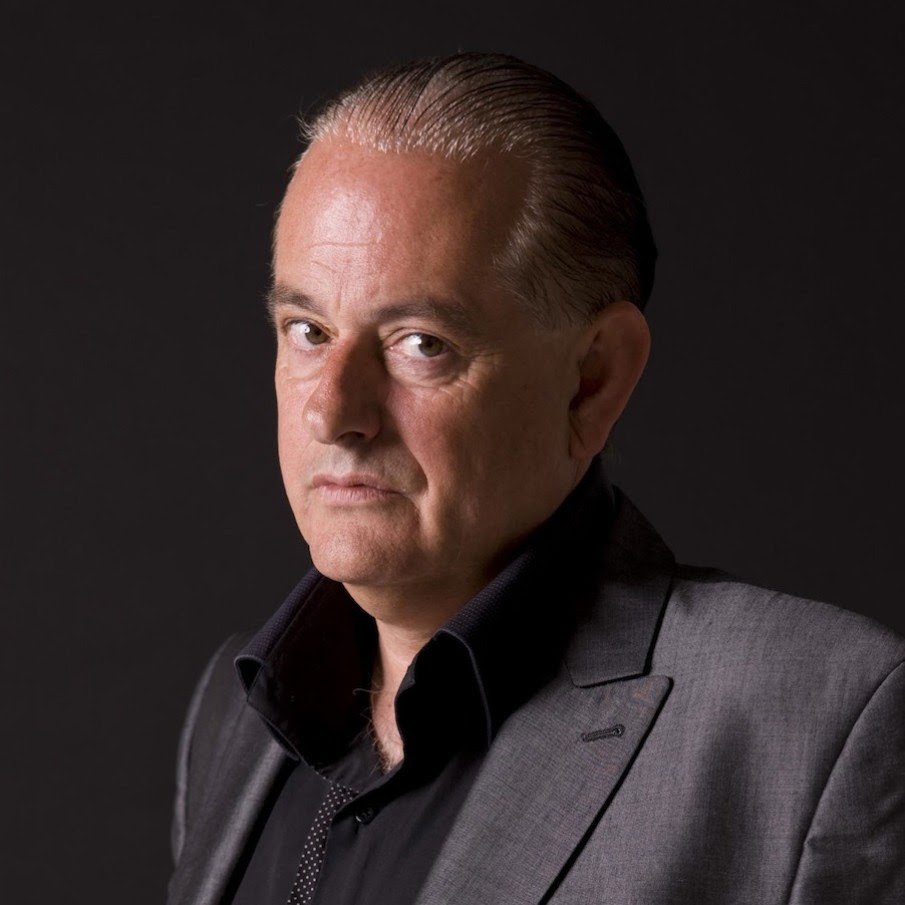
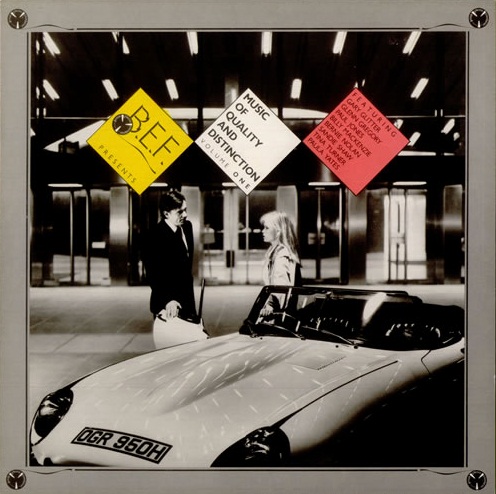
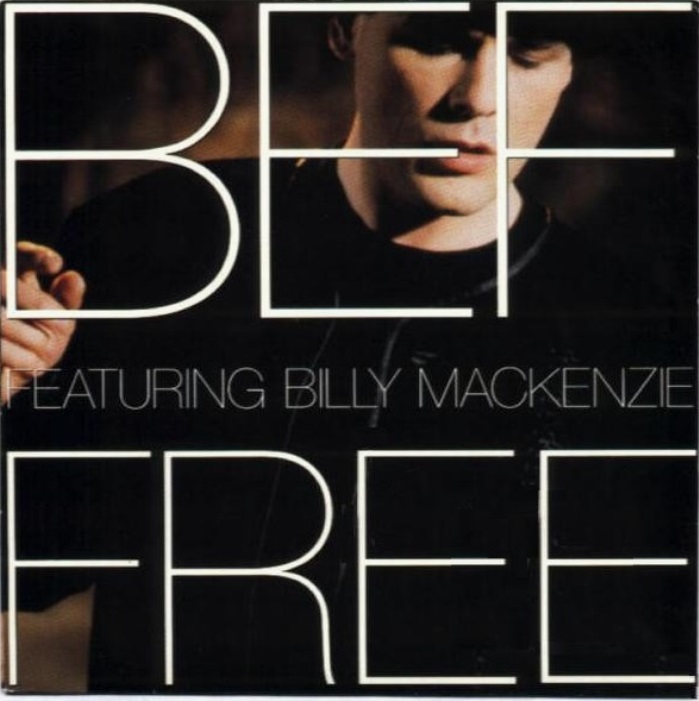
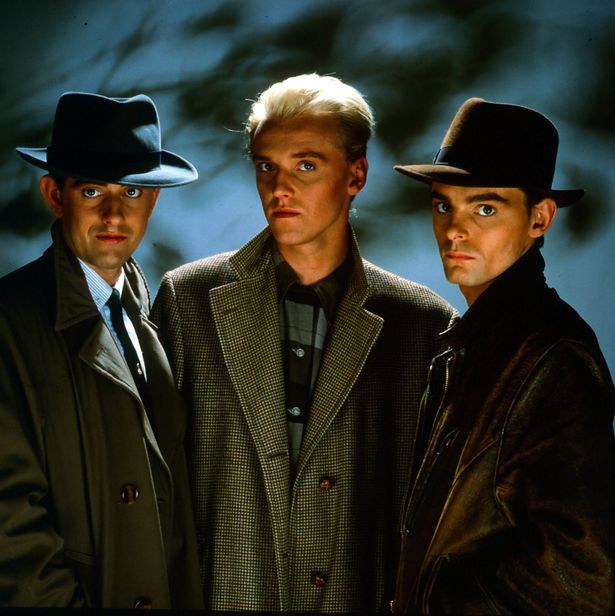


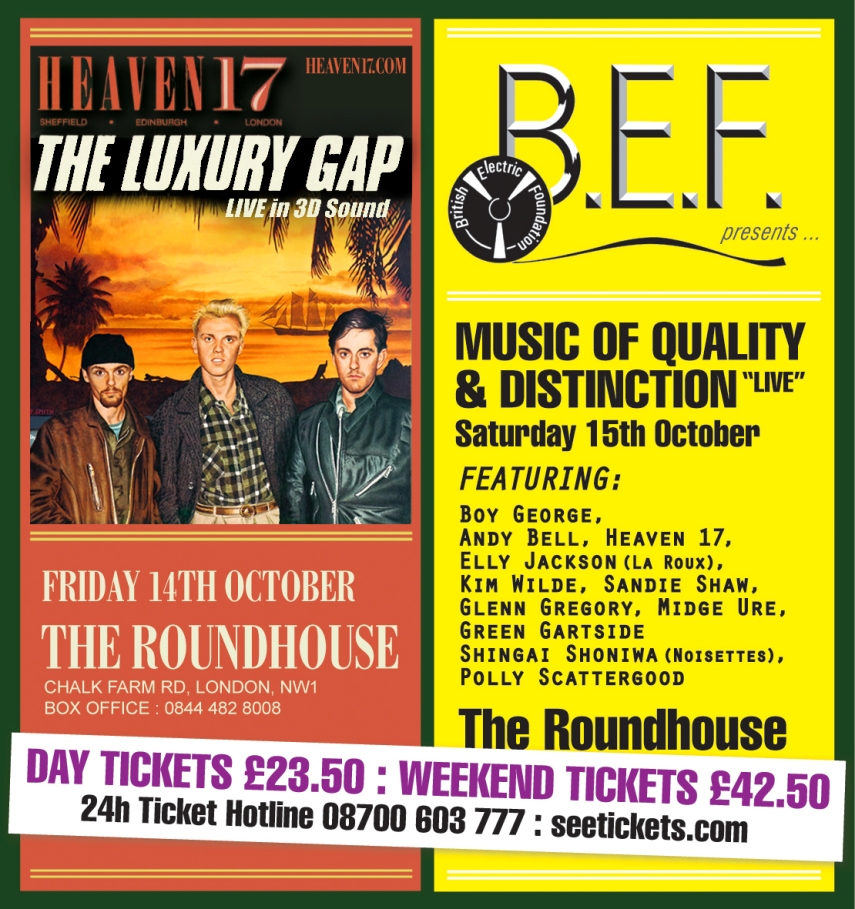
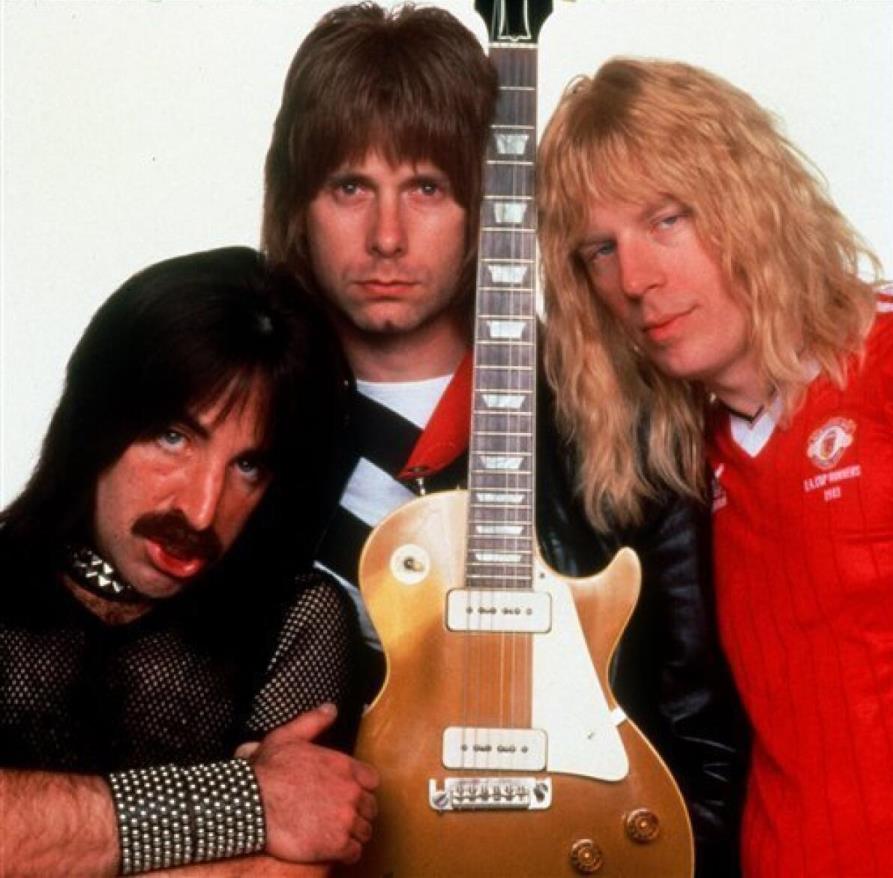
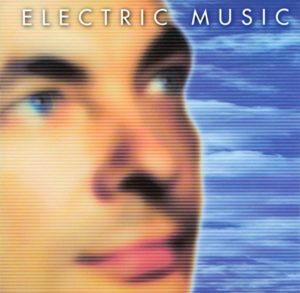
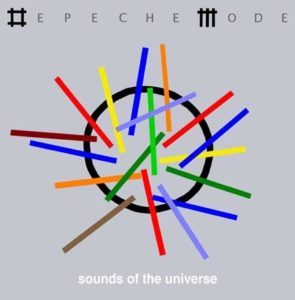
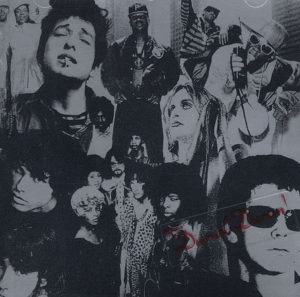
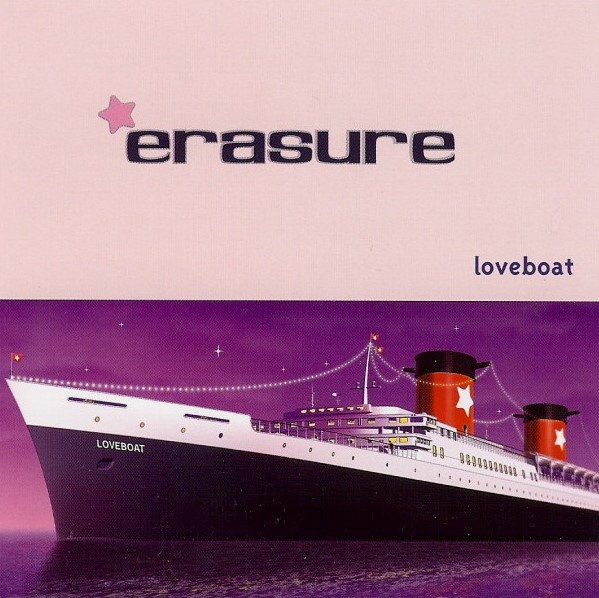

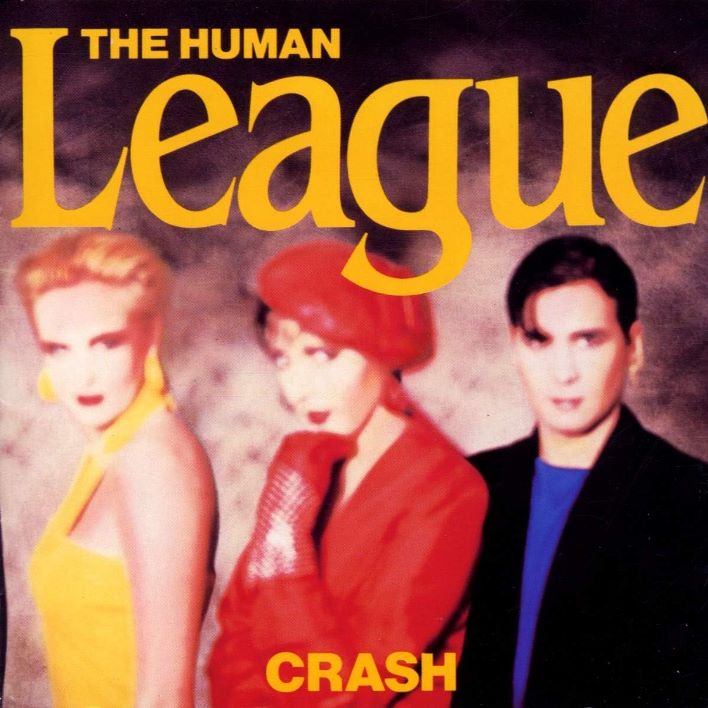
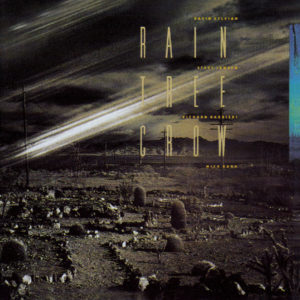
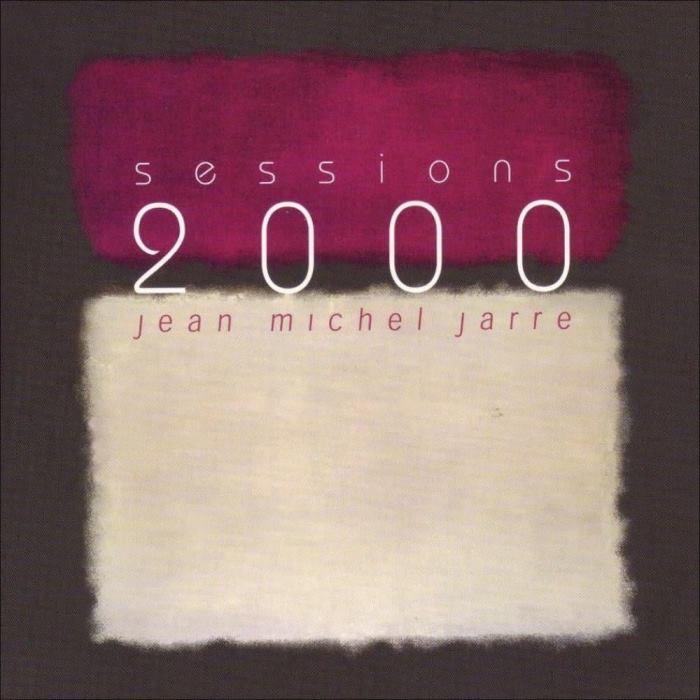
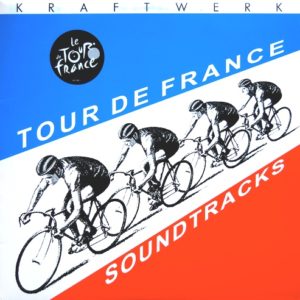
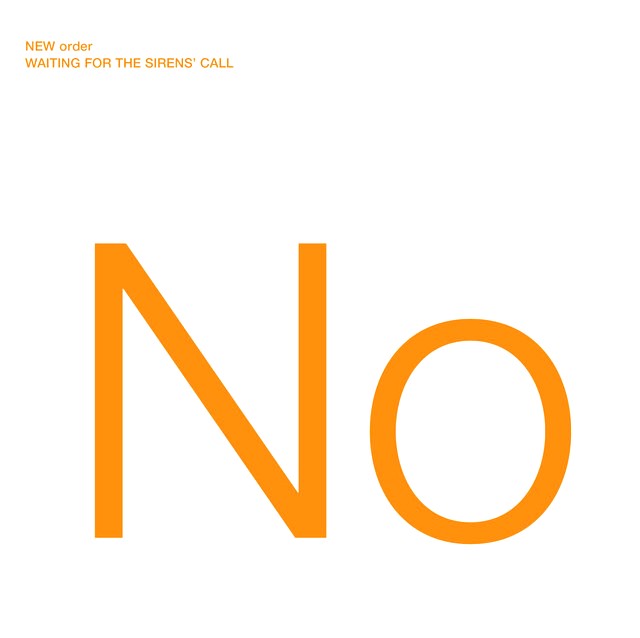
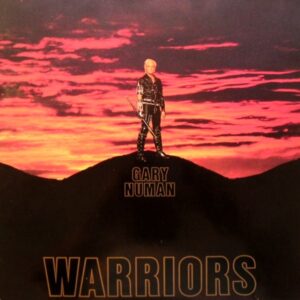
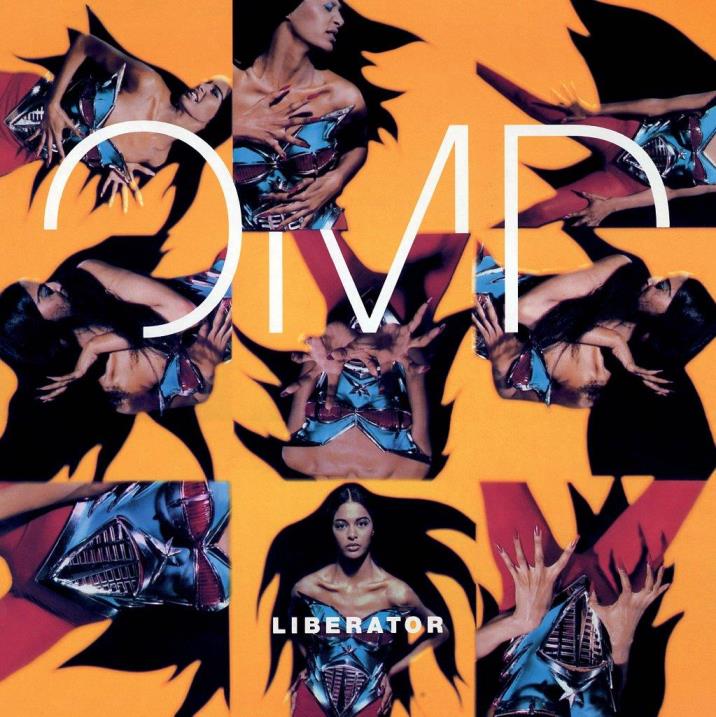
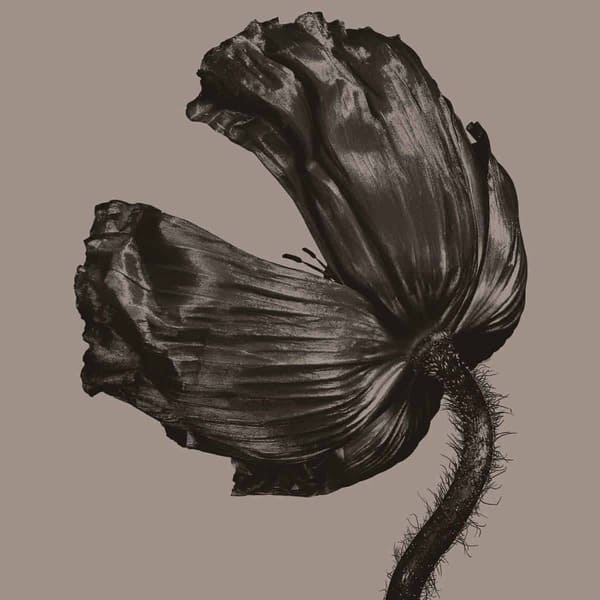

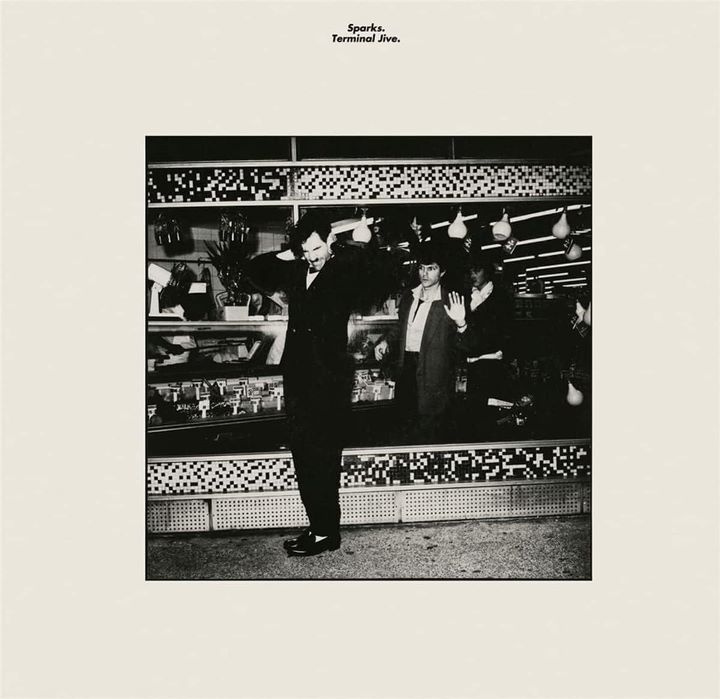
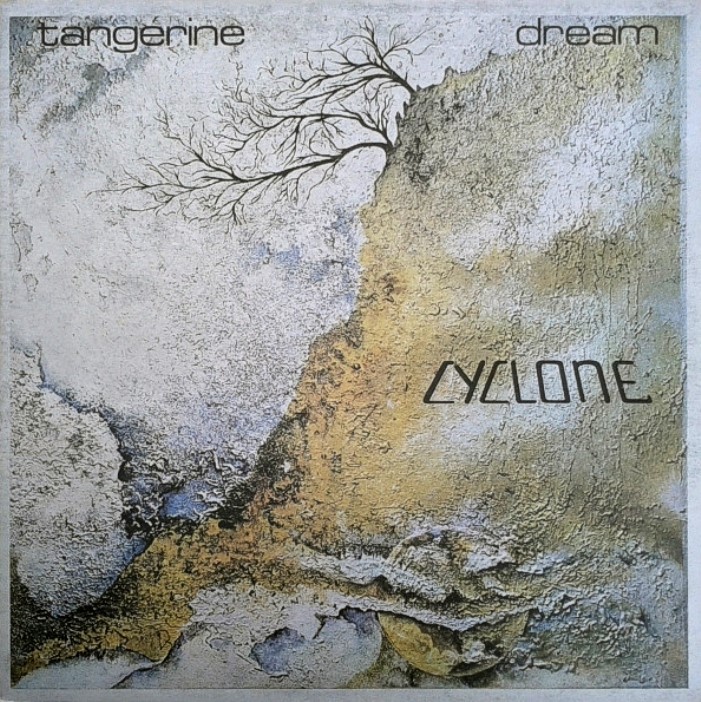
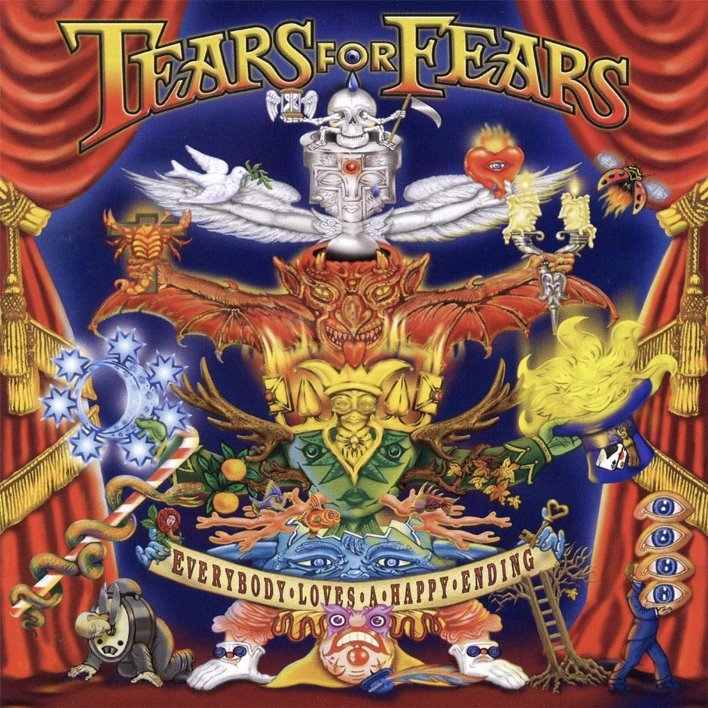
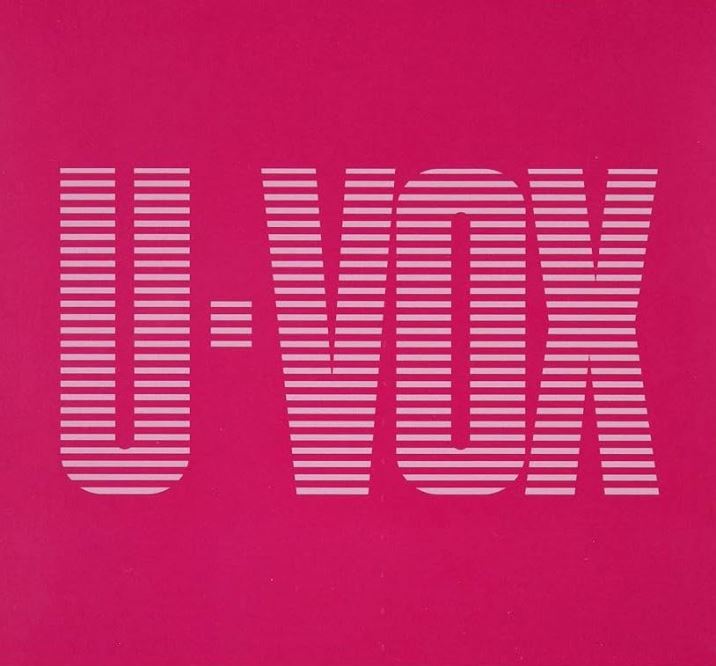
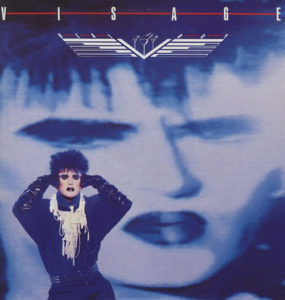

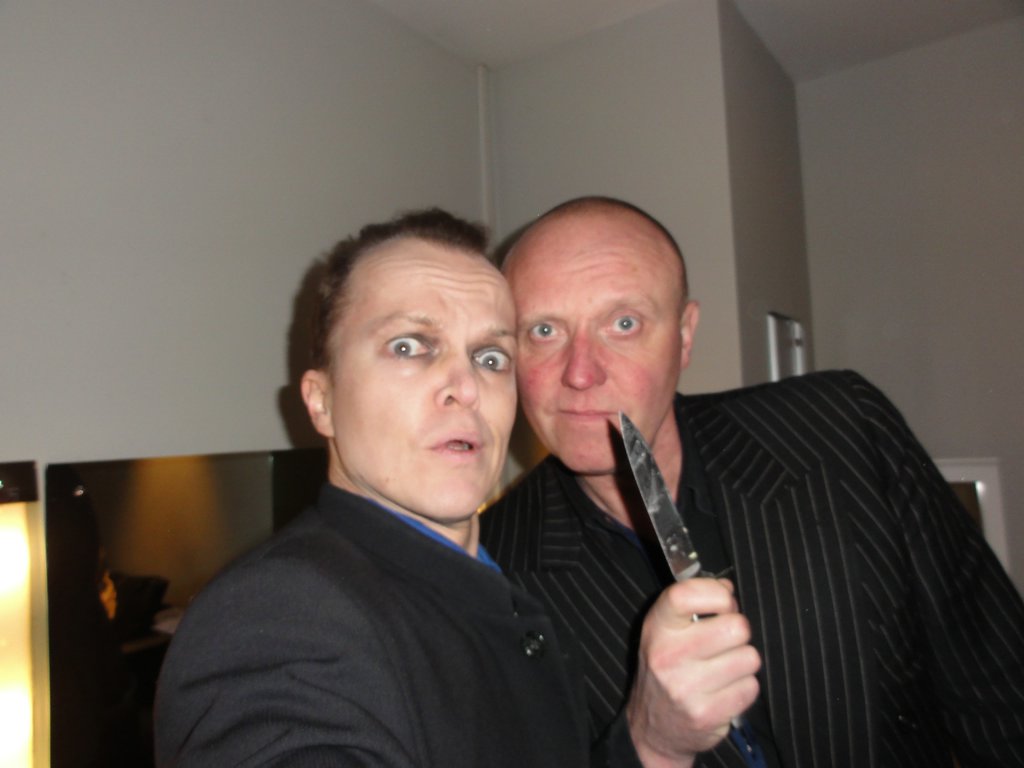

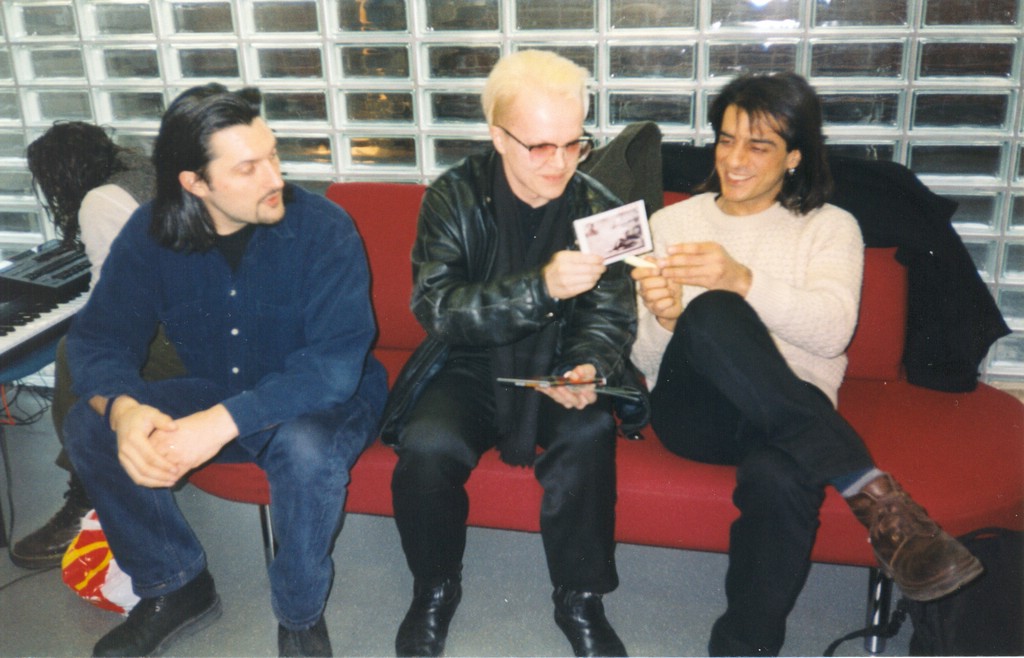
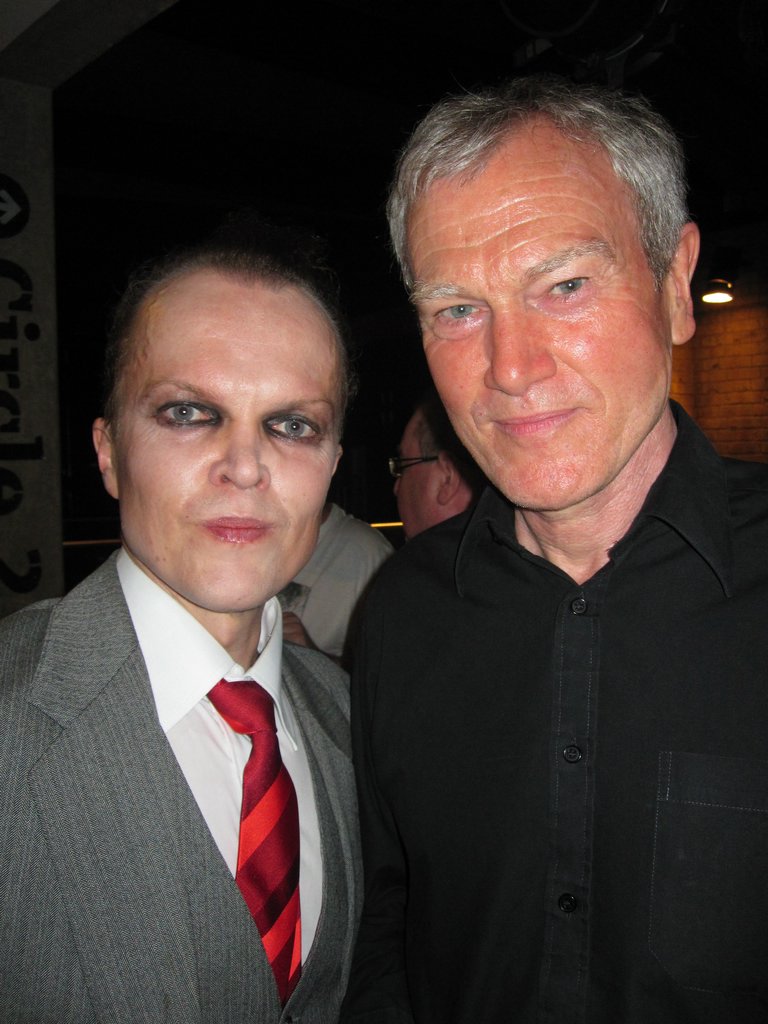


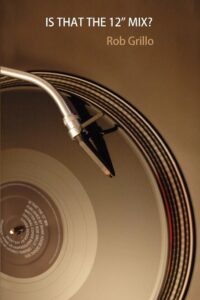
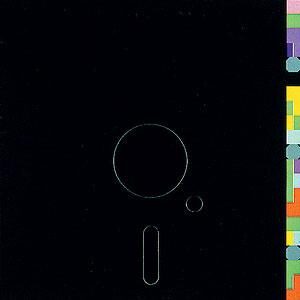
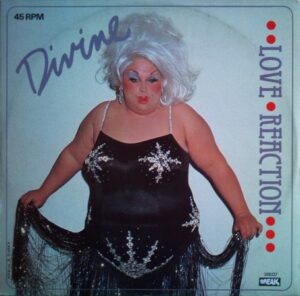
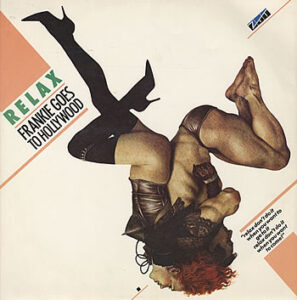
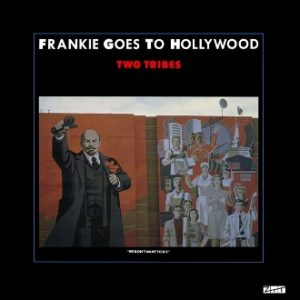
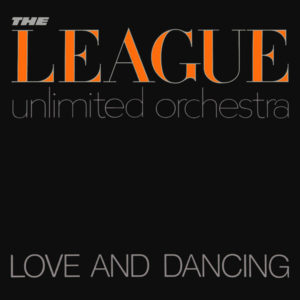
 The second example brought new life to a track that even in its regular seven inch format remains one of the most endearing tunes from the ’80s.
The second example brought new life to a track that even in its regular seven inch format remains one of the most endearing tunes from the ’80s. 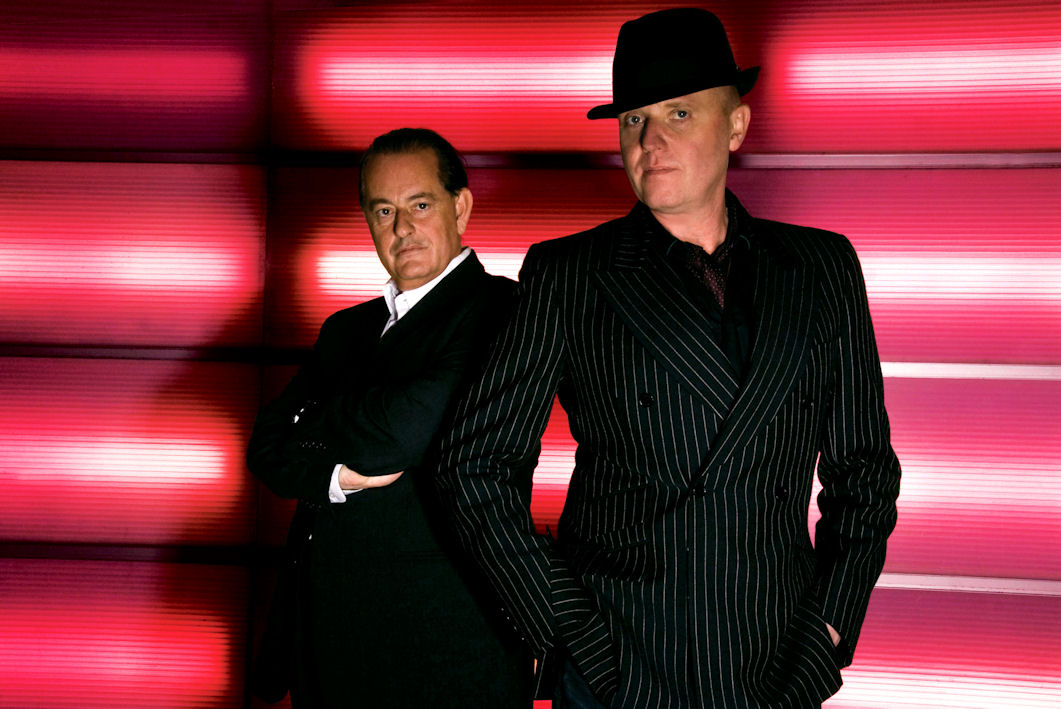
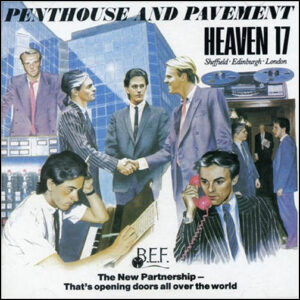
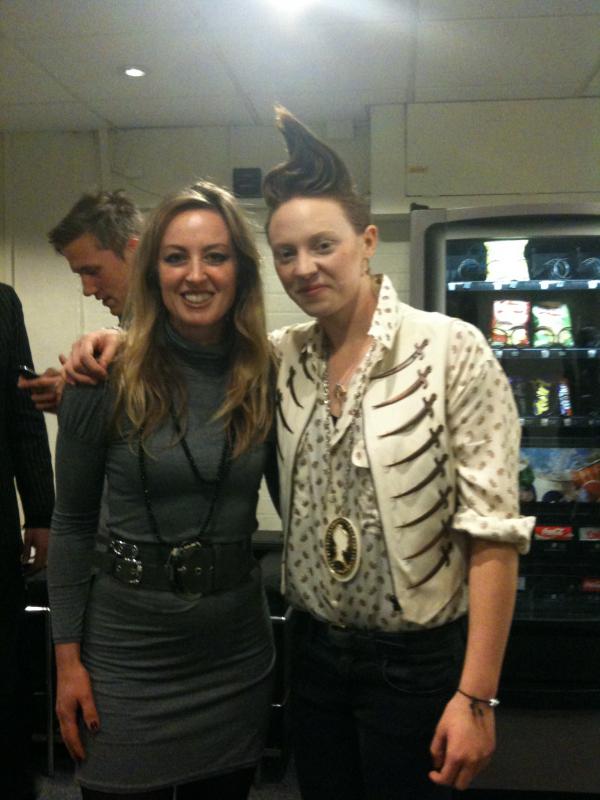
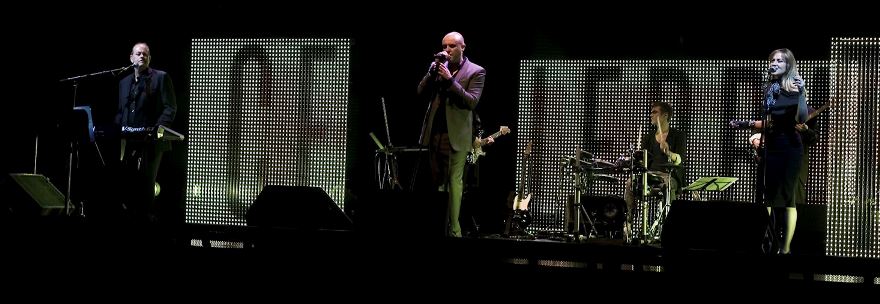
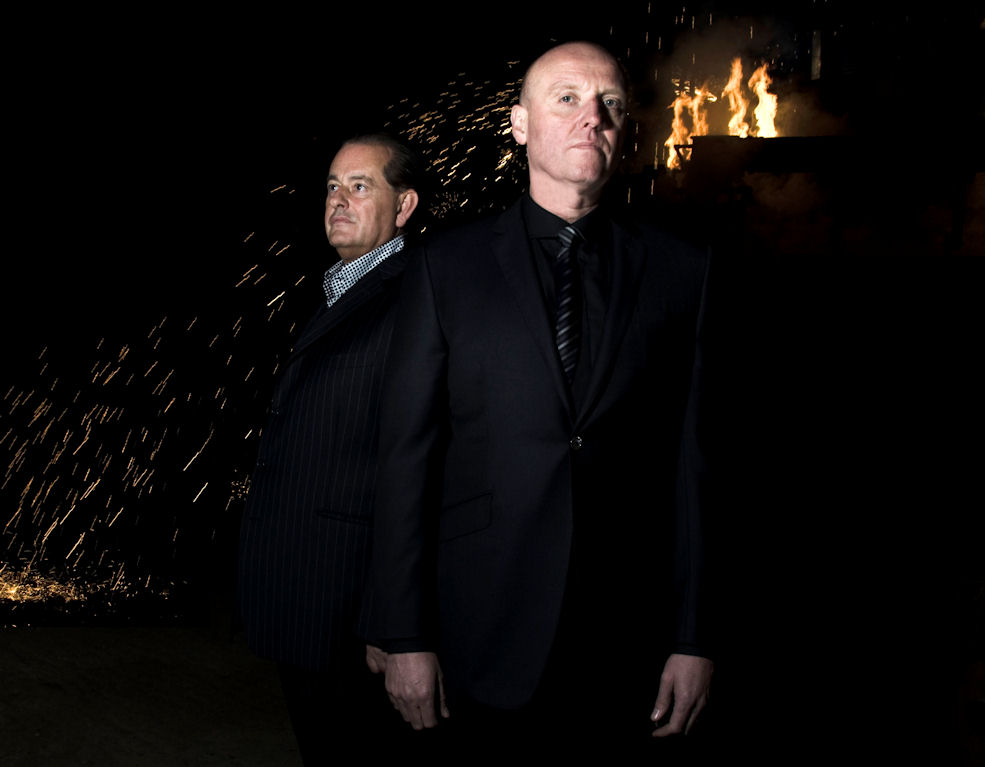
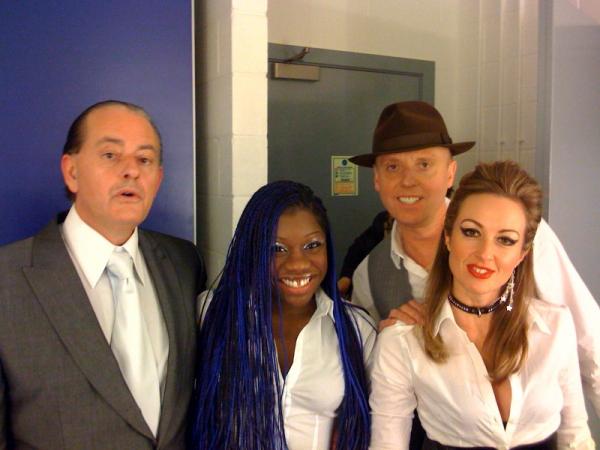
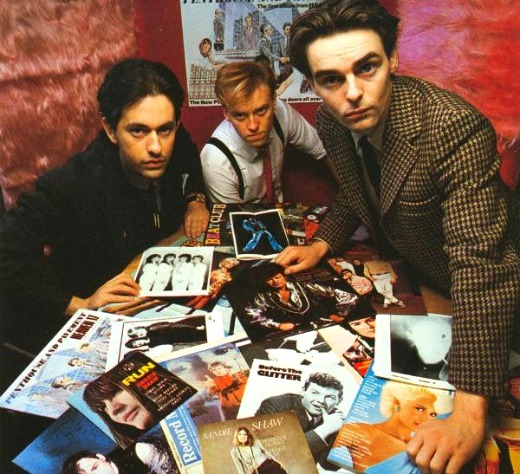
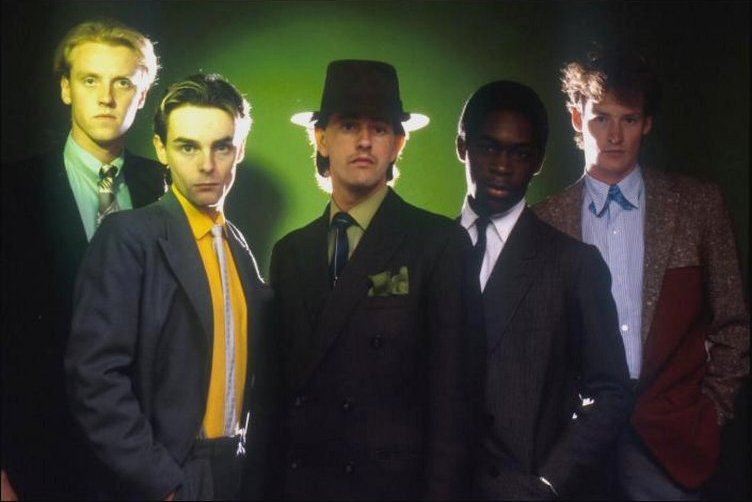

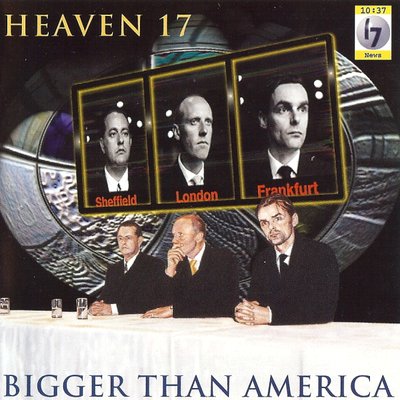
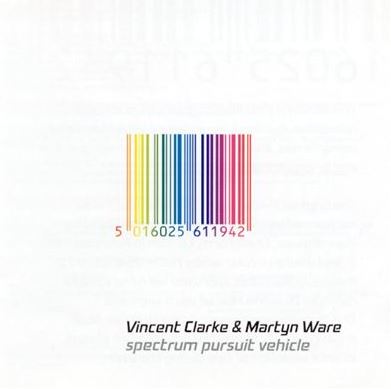
Follow Us!